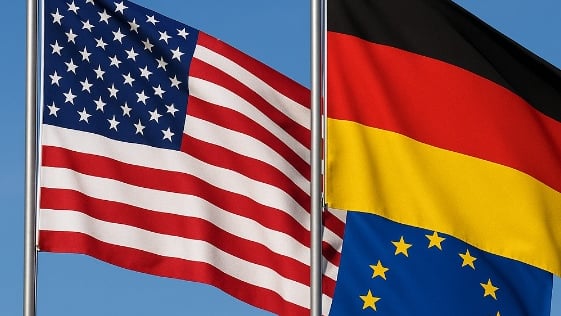Waving Identity: What Flags Reveal About Culture 🇺🇸 🇩🇪
5/19/2025
One striking difference between the U.S. and Germany is how each country displays its national flag.
🇺🇸 In the United States, the flag is an omnipresent symbol. You’ll see large flags flying not only in front of official buildings but also at private homes, businesses, and schools. The Pledge of Allegiance is recited daily in schools, and patriotic displays are especially widespread around Independence Day- when everything from clothing to desserts is decorated in stars and stripes.
🇩🇪 In contrast, Germany has a much more reserved relationship with its national flag. This distance is largely shaped by the country’s difficult 20th-century history, in which the Nazi regime misused national symbols, including a red flag bearing the swastika. Today, the black-red-gold flag is usually displayed in more understated ways- outside government buildings and often alongside the European Union flag. It is rarely seen at private homes or schools.
However, something shifted during the 2006 FIFA World Cup, when Germany hosted the tournament for the first time in 32 years. For many, it marked the beginning of a more open and joyful expression of national pride. During international soccer events, you’ll now see German flags waving from balconies, cars, and public gatherings- a significant cultural change.
💡 How do national flags shape or reflect a country's identity today?


Follow me on
Contact
Connection
DiverseCultureSolutions@aol.com
Mobile: 248-824-4352
© 2024. All rights reserved.
